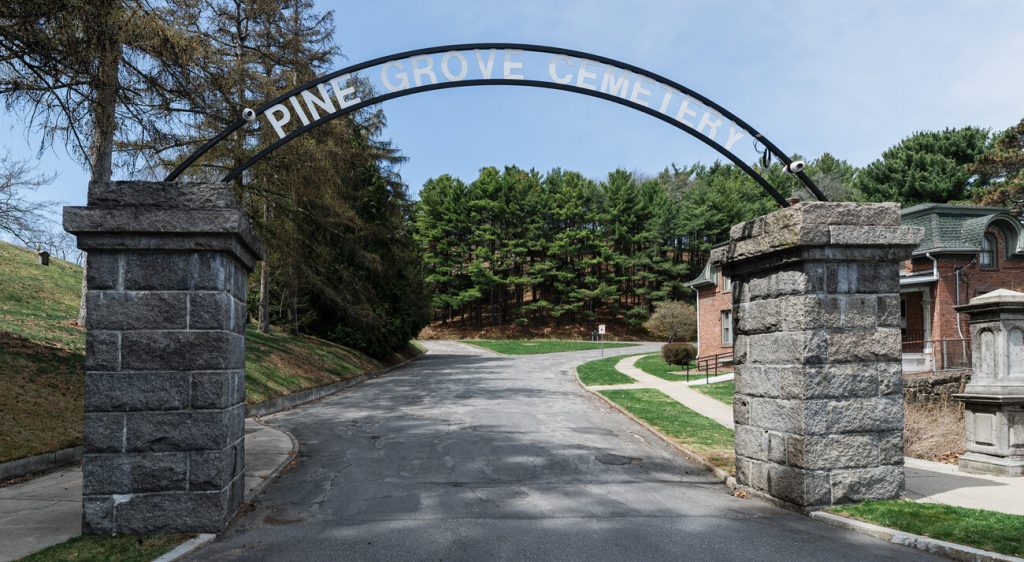LYNN — Tucked into the northern expanse of the city, Pine Grove Cemetery stretches across 152 acres of gently undulating landscape, old-growth pines, and curving avenues that trace back through the city’s social, spiritual, and public health history.
Born from a 19th-century civic movement to improve sanitary conditions and commemorate the dead with dignity, the cemetery has served for over 170 years not only as a final resting place but also as a reflection of Lynn’s evolving ideals.
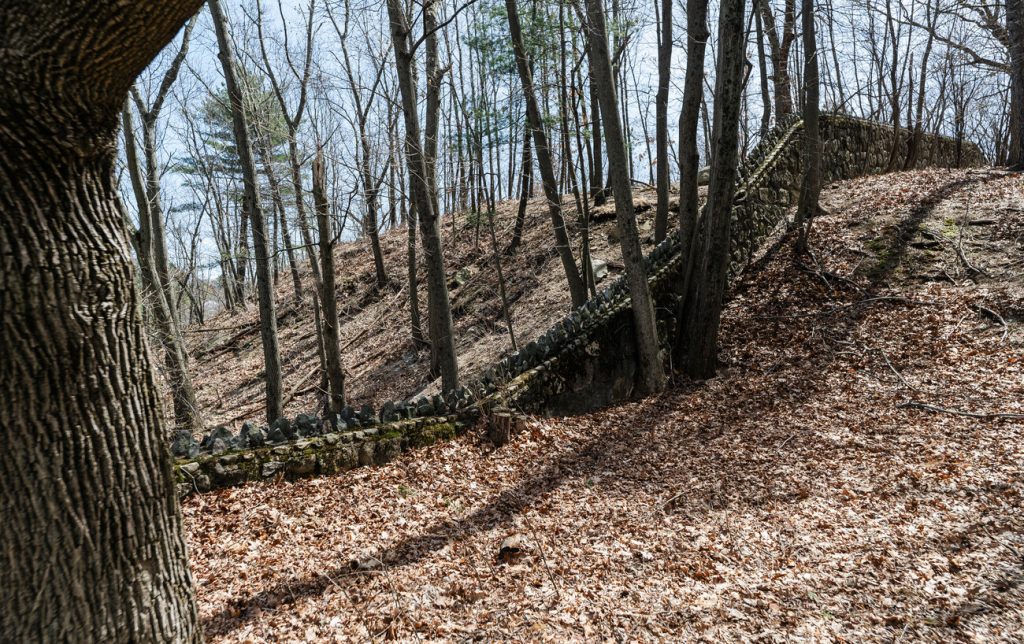
Its origins were both practical and visionary. On Jan. 6, 1851, a group of prominent citizens—including President George Hood and Trustees Charles Merritt, Jesse Rhodes, Benjamin Mudge, John B. Alley, and others — formed the Pine Grove Cemetery Corporation. They responded to mounting public health concerns about the dangers of burying the dead within city limits.
At that time, burials were still taking place in churchyards and crowded plots near downtown. In a report to the corporation, the trustees cited research from England and testimony from health experts to highlight the dangers: “The burial grounds, as at present constituted,” they wrote, “are a continual source of pestilence… They are undermining the constitutional stamina of thousands of our town population.” These warnings were reinforced by a report from a British parliamentary commission in 1849, which concluded that “the internment of the dead, in large numbers, in confined spaces close to the dwellings… is injurious to public health.”
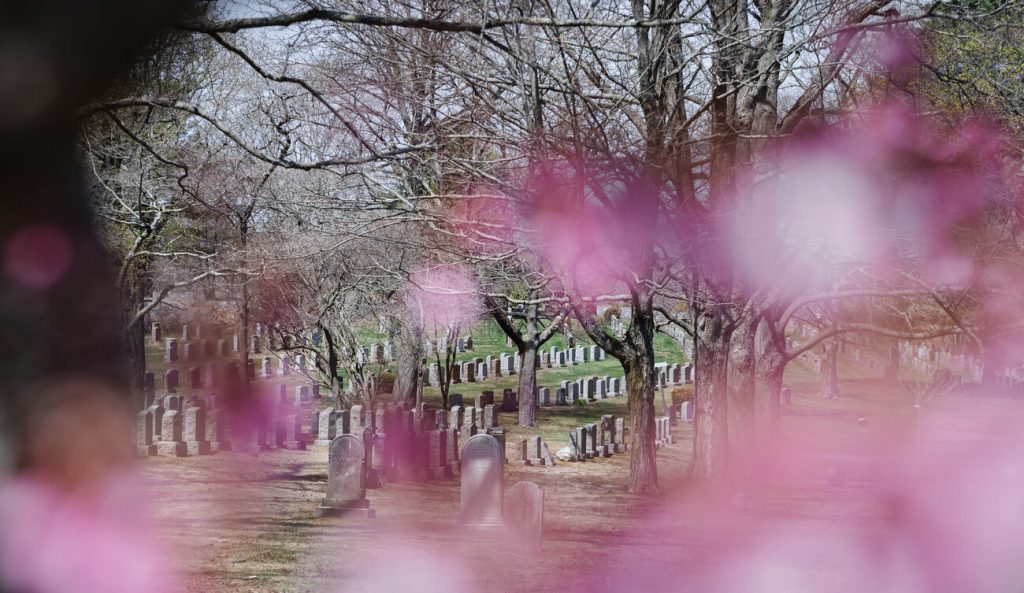
Local reformers took these warnings seriously. One of them, Lemuel Shattuck, a pioneering public health advocate in Massachusetts, provided the trustees with a copy of the British report. The report included grim descriptions of decomposing matter leaking into soil and water near urban graves. According to Dr. Milroy, cited in the report, gases from decaying bodies “not only affect both the atmosphere and the soil itself,” but also “often pass through the cement and brickwork of graves, polluting the surrounding air.”
To counteract this, the Pine Grove trustees purchased land outside the city center and hired General Henry A.S. Dearborn, a noted designer of public landscapes, to lay out the new cemetery. Dearborn worked from April 16 to April 19, 1850, to design the avenues and paths. He later returned to oversee improvements and donated plans for a gateway, receiving tomb, and office, declining payment for his work. The trustees praised his “great taste and judgment” and noted his “characteristic liberality.”
On July 24, 1850, the cemetery was formally consecrated during a public ceremony attended by more than 4,000 people. The Rev. Charles C. Shackford delivered a passionate address at the event, calling on the community to embrace more thoughtful burial practices. “The requirements of health, a more cultivated taste, and a more elevated general sentiment,” Shackford said, “are operating throughout all Christian nations to bring each community to adopt modes and places of sepulture which shall be conformed to reason, and meet the wants of the heart.”
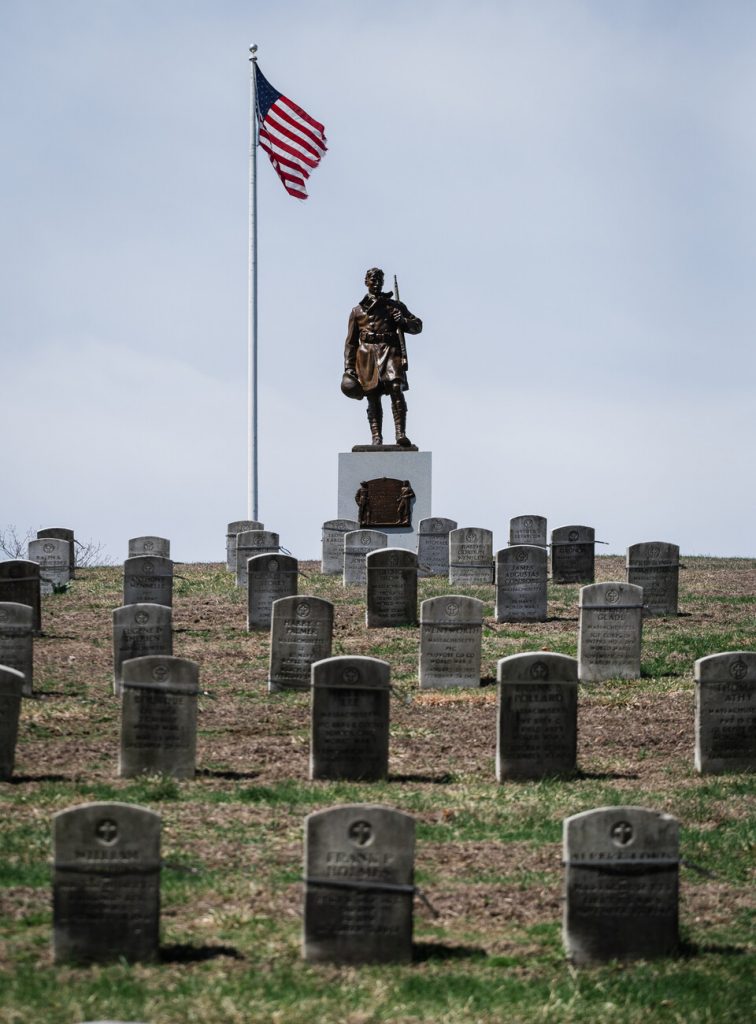
Following its consecration, Pine Grove quickly became Lynn’s primary burial ground. In the first year alone, 233 lots were sold and taken up, many through an auction held on August 5, 1850, which raised prices to an average of $170.75 per lot. The grounds were carefully graded, roads and paths were built, and a substantial stone wall was erected — reportedly one of the longest contiguous stone walls in the country. A receiving tomb — measuring 15 feet long, 12 feet wide, and 8.5 feet deep — was constructed to serve families waiting to bury their dead.
By January 1851, the treasurer, Daniel C. Baker, reported in a formal statement to the corporation that 337 shares had been sold, bringing in $3,370. Additional revenue came from wood sales and lot premiums, although Baker noted that many stockholders opted for fewer lots at higher prices rather than redeeming every share for a lot. The cemetery was also approved under the city’s updated burial ordinance, ensuring fees would match those of older city cemeteries.
More than 170 years after its consecration, Pine Grove remains one of Massachusetts’s largest and most historically significant cemeteries. According to its National Register of Historic Places nomination, the cemetery contains over 80,000 burials and retains a high degree of historical integrity from its core period of development between 1850 and 1964. The grounds were expanded and refined over time by noted landscape architects Robert Morris Copeland and Ernest W. Bowditch, yet the layout still honors General Henry A.S. Dearborn’s original rural cemetery design.
That vision was carried into the 20th century by a new generation of stewards. One of the most enduring figures was Clarence Doak, who served as Pine Grove’s superintendent for more than four decades. Widely known across the city for his hands-on leadership and deep care for the cemetery’s upkeep, Doak oversaw major improvements, managed countless burials, and helped guide Pine Grove through modern transitions—all while earning the respect of families, city officials, and maintenance crews alike. His tenure became synonymous with stability and pride in one of Lynn’s most sacred spaces.
Yet, not all of Pine Grove’s history has been tranquil. In the 1990s, the cemetery suffered a wave of vandalism. In one incident reported by the Daily Item on Jan. 24, 1995, over 50 gravestones were toppled across two cemetery sections—Palm Avenue and Juniper Avenue—causing damage estimated at $4,000. Cemetery Commission Chairman Philip Corson described it as “another disgrace,” recalling a similar incident four years earlier.
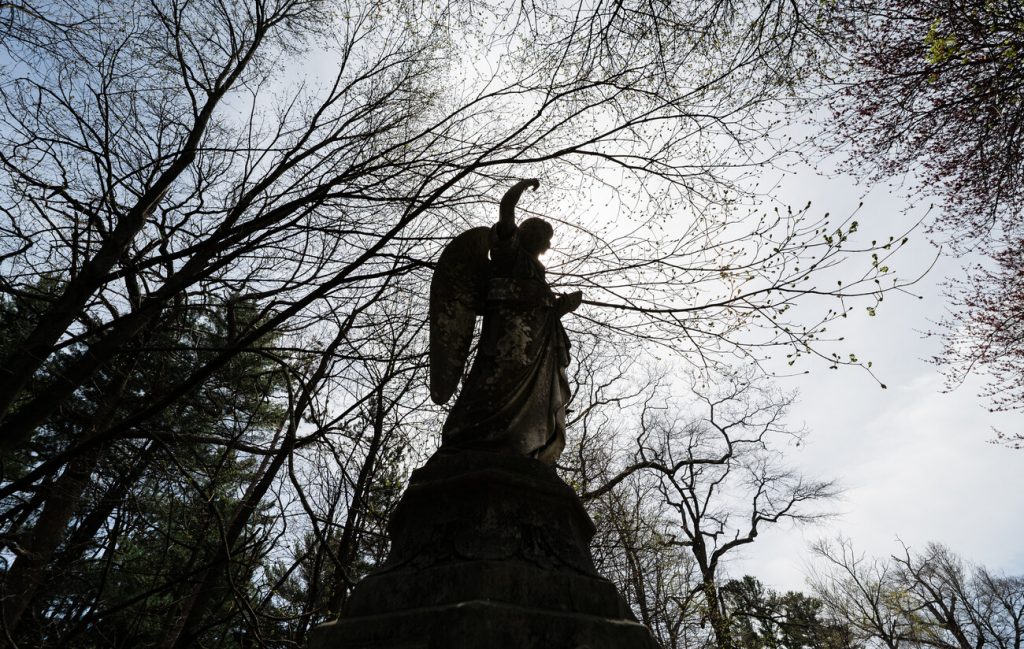
The cemetery also faced infrastructure challenges. In 1995, the commission closed the Parkland Avenue entrance due to safety concerns with the iron gate, prompting Ward 7 City Councilor Harry Coppola to file a motion urging its reopening. “If someone gets hurt climbing that fence,” Coppola said, “the city could be liable.” Despite public pressure, commission members defended the decision, citing structural instability and concerns about unauthorized vehicle traffic.
Still, through decades of public investment, community care, and civic memory, Pine Grove remains a testament to Lynn’s values — a space where design meets public health, and where the living remember the dead with intention. As Shackford put it more than 170 years ago beneath the pines: “Let it be not only the resting-place of our beloved dead, but a school of virtue, a temple of thought, and a monument of civilization.”
